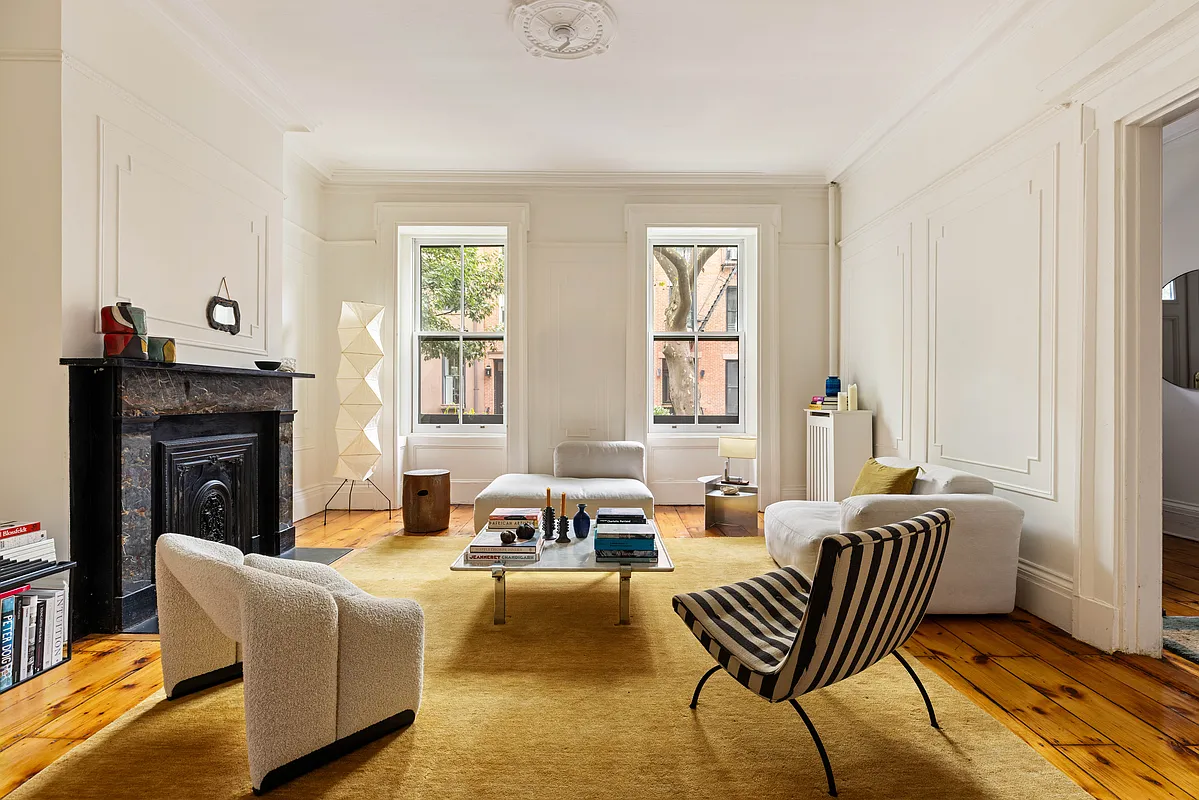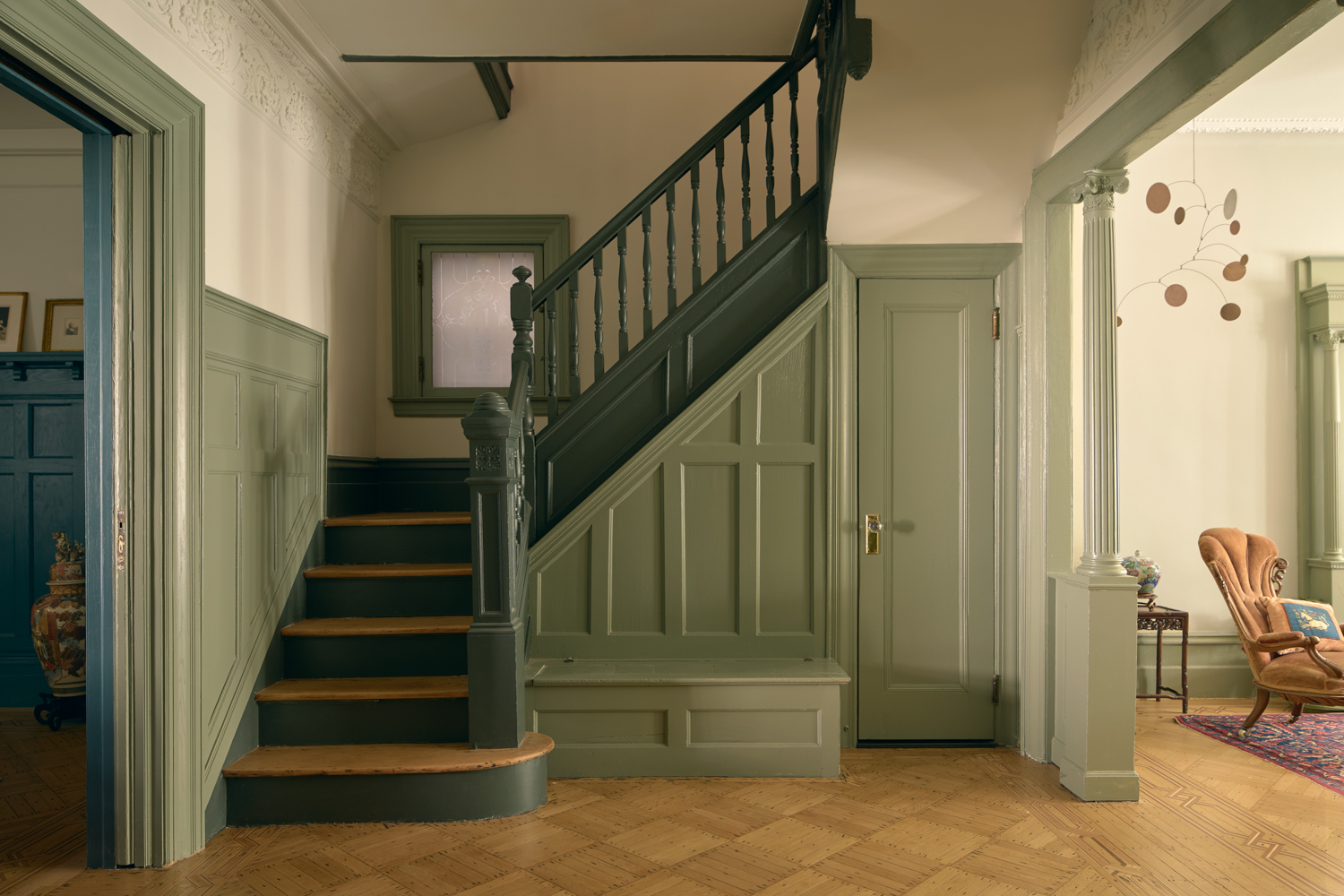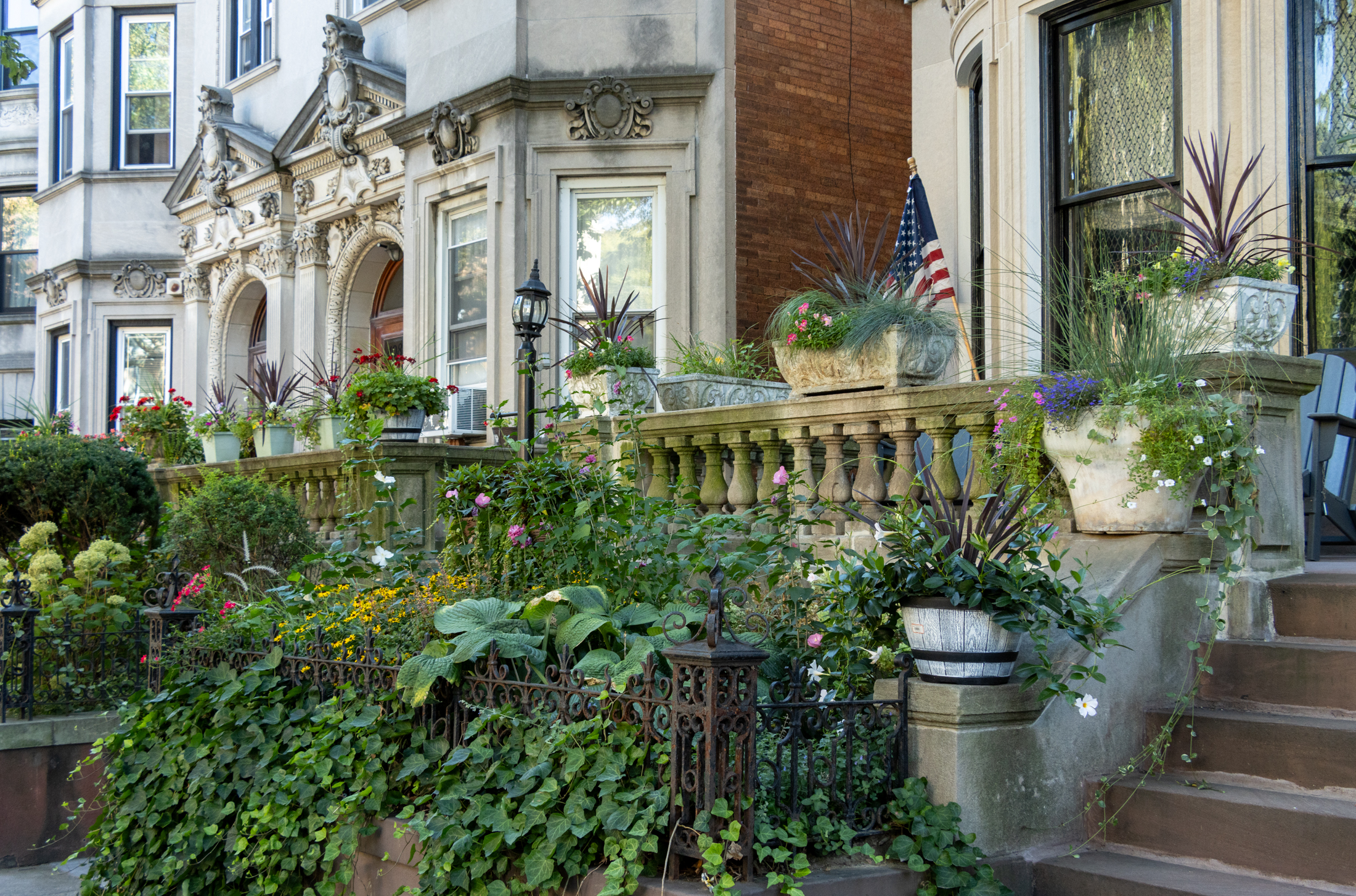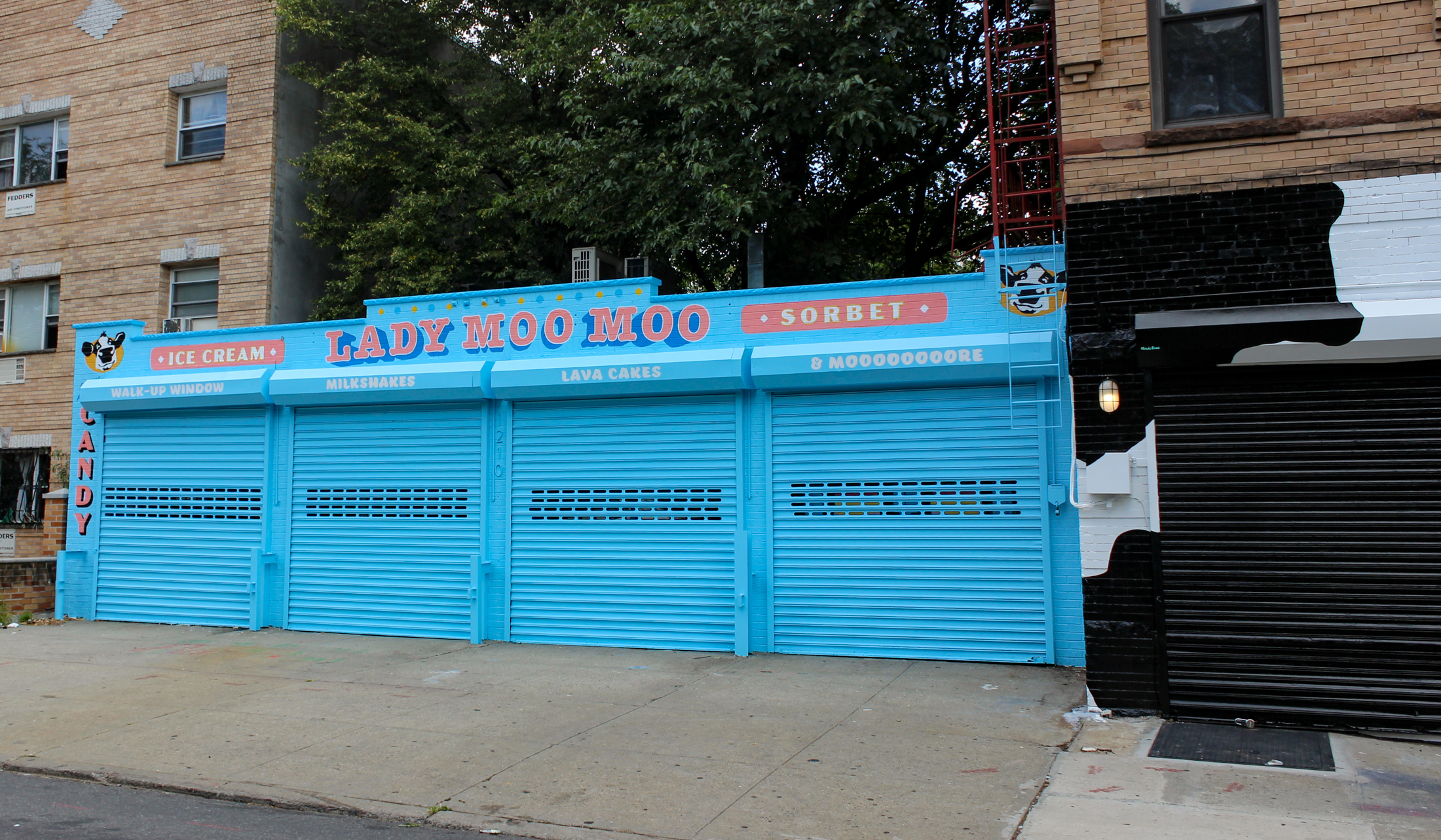Queenswalk: Mr. Steinway's Astoria, Part 2
We continue the story of William Steinway, and Steinway & Sons, the famous piano makers headquartered in Astoria, Queens. There have been many business geniuses in New York’s long history, but very few had the impact and influence that the Steinway family had on Queens, or the city. William Steinway, as the head of the…


We continue the story of William Steinway, and Steinway & Sons, the famous piano makers headquartered in Astoria, Queens. There have been many business geniuses in New York’s long history, but very few had the impact and influence that the Steinway family had on Queens, or the city. William Steinway, as the head of the company, was a marketing master. He and his brothers learned their piano craft from their father, Heinrich Steinweg, before the family came to America from Seesen, Germany. When they arrived here, with their families, in 1850, they began working for established New York piano firms, but soon struck out on their own, going into business as Steinway & Sons in 1853. The story of the early years of the company was told in Part One of this series.
William knew music and he knew people. He was the marketing genius of the family. Instead of just having a showroom, in 1866, he built a concert hall behind his showroom, on busy 14th Street, the heart of Manhattan’s theater and shopping district at the time. It was the first Steinway Hall, and was an important showcase for artists, a concert hall only surpassed by the building of Carnegie Hall, in 1891. If you enjoyed Rachmaninoff playing one of his virtuoso piano compositions on the stage, you could buy the same kind of piano from the models in the showroom, on the way out. Talent not included. Brilliant.
Between 1870 and 1873, William Steinway purchased 400 acres of land in Astoria, upon which he built his new and expanded piano factory, and a company town for his workers, called Steinway Village. He also purchased the Benjamin Pike mansion, an impressive stone summer home that had been built by optician Dr. Benjamin Pike in 1856. Although most of the area was leveled over 150 years ago, the hill that his magnificent house stood on was never touched, and the house sits high above the community, with a commanding view of the East River.
The Steinway family and their piano factory would have a tremendous effect on the community of Astoria, as well as on all of New York City. William Steinway was not only a famous piano manufacturer, he was also what people like to call “a visionary”; as he had plans, big plans, for the city, for transportation in that city, and for transportation itself. He owned the ferry that transported his workers across the East River, and he began a tunnel that would connect Queens to Manhattan via underground subway trains. Although that project was never finished, today the subway tunnel doing just that bears his name. Late in his life, he was the Chairman of the NY Rapid Transit Commission. He also brought the Daimler Motor Company to America, to build automobiles.
The great man didn’t just fund his projects, he immersed himself in them. When he was buying the land, and planning Steinway Village, he put on his India rubber boots and walked the swampy marshland, laid out the streets to his satisfaction and put his mark on every part of the project. We know this because he was a prolific journal writer, and six volumes of his personal diaries have been donated to the Smithsonian Institution, where they were transcribed and put on line. The diaries were a gift to the Smithsonian and the world from William Steinway’s grandson, Henry Ziegler Steinway, and cover the years from 1861 to 1896.
William became president of Steinway & Sons at the age of twenty-one. His command of English got him the job from his German speaking family, but they also recognized his talents. His eldest brother C.F. Theodore was the piano genius. An accomplished pianist himself, he was also a technical wizard, and had over 40 patents under his name for innovations in the art of piano making. He made Steinway pianos great, and William made sure they were everywhere, from the White House, to the concert halls of America and Europe, to the wealthiest homes. A piano factory in Hamburg, Germany, founded by C.F. Theodore in 1880, would take care of European manufacturing, but the only other Steinway & Sons piano factory in the world was in New York City.
Like most industrialists, William was no fan of the labor movement, and according to his journals that was one reason he wanted to relocate the factory to Astoria. It was far enough away from the influence of Manhattan organizers. The Manhattan factory, almost a block square, with a workforce of 350, did stay open until 1910, but in the early 1870s, the Astoria plant also opened, with its own foundry , sawmill and lumberyard, and factory complex. William was a more munificent boss than most. Almost all of his workers were German immigrants, in fact, German was the language spoken in the factory. Steinway Village had a German style kindergarten, singing clubs, German beer halls and a Lutheran church. He also made it possible for German workers from across the East River in Yorkville to ferry across to work in the factory.
The housing for the workers in the Village consisted of two story brick houses, with some Italianate and Neo-Grec styling. The buildings were built between 1874 and 1875. This was considered part of the municipality of Long Island City, and because there were no services out there at that time, Steinway had to provide everything for his people, which is why he built the school, a park, the post office and fire house. It was truly a company town, and lay between 20th Avenue and 20th Road, Steinway Street and 42nd Street. The houses that remain today are located on 41st Street, between 20th and 21st Road, and 20th Avenue, between Steinway Street and 41st Street. They are charming little houses, although some have now been covered in siding, and the details removed. Today, they are surrounded by industry, although in no way as much as the Steinway mansion is today.
The Steinway mansion has been much in the news lately because it is again for sale, and is the focus of Astoria’s very active historic society, which intends to save it. And who can blame them, it is a one of a kind mansion, dripping with not only period detail and charm, but so much history. It was here that William Steinway had his summer home, and there are many photographs of the Steinways enjoying the good life here. He lived here from 1876 until his death, in 1896.
Today, an aerial photograph of the mansion shows it totally surrounded by factories, including the Steinway factory, and industry of all kinds. The house looks like it’s under siege. But back in William’s day, it was alone on a hill, with expansive grounds around it. The Steinways played croquet on the lawn, rode their bicycles, and hung out on the large wrap around verandah. This was where William Steinway came to relax with his wife and children.
He had two wives. The first was named Regina Roos, and William’s first journal entry in 1861 was a celebratory note to himself on the day of their wedding. The couple had three children; George, Paula, and Alfred, who was born in 1869. In 1875, he learned that Alfred was not his son, his wife had had an affair. William was always off on trips to Europe, across America, at trade shows and exhibitions, or at his factories, so it was possible that Regina had plenty of time to get very lonely, and have an affair. He immediately divorced her, and she went back to Europe with Alfred, and lived the rest of her life in France. He became a single father to his two children, but of course, he had the money to hire full time care for them.
By 1880, he wanted to get married again, and this time, his brother C.F. Theodore, who had moved back to Germany to run the Hamburg factory, did some scouting for suitable ladies, and came up with the two daughters of the Ranft family, dealers in felt. Ironically, the Steinways had known the Ranfts in New York, where they lived briefly, and had purchased felt from them, a necessary component in pianos. William came to Germany and after spending time with the family, decided he liked Elizabeth Ranft, and asked her to marry him, and come back to America. She did, and accompanied him back to New York.
Although he suffered from gout, and had the worst attack of it in his life on the voyage home, so much so, that he had to be carried off the ship by eight burly Steinway employees, he and Elizabeth, whom he called Ellie, hit it off, and were very happy together. They had three children, William, Theodore and Maud. William and Theodore would become the Steinway sons to continue the company into the 20th century. Ellie died of heart failure the day before William’s birthday, in 1893, and his eldest son George, who deteriorated because of alcoholism, was a constant source of concern. William died in 1896, of typhus. The Steinway legacy would pass on to a new generation.
Henry Z. Steinway, William’s grandson, was the last Steinway to head the company. He died in 2008, at the age of 93. Long before, in 1972, Steinway had been sold to CBS, which intended to form a musical instrument consortium that included their other musical acquisitions: Fender Guitars, Rogers Organs, flute and piccolo maker Gemeinhardt, and Rhodes electric pianos. They also owned the Yankees at that time. It never worked out, and Steinway & Sons was sold in 1985. They merged with another musical instrument company to be a publically traded company called Steinway Musical Instruments. In 2005, they celebrated the 125th anniversary of the Astoria factory. And in June, 2013, the company was sold again, this time to the private equity firm Kohlberg & Company, for $438 million.
The Steinway mansion stayed in the family until 1925, when it was bought by the Halberian family. Jack Halberian owned the house until his death in 1976, when it was passed to his son, Michael, who began an extensive restoration of the 26 room estate. When he died in 2010, the house went on the market, and has been there ever since. The house is landmarked, and listed on the National Register of Historic Places. Michael Halberian spent millions of dollars renovating and repairing the house. He took most of the rooms back to the High Victorian splendor of the Steinway era, and housed his extensive collection of Steinway memorabilia, as well as his collection of medical, optical and surveying instruments, some of which were made by the house’s original owner, Dr. Benjamin Pike.
The house was originally listed for $4 million. No takers. After being on and off the market, since, with lowering prices, today it is once again for sale for $1,900,000, with one acre of land. The Friends of Steinway Mansion would like to purchase the estate and the grounds, and create a learning center and house museum that would benefit the entire city. They are, according to their mission statement, a consortium of individuals, businesses, government representatives and community groups. Members include The Greater Astoria Historical Society, State Assemblywoman Margaret M. Markey and Assemblywoman Aravella Simotas , Democratic District Leader Costa Constantinides, Steinway & Sons, Steinway Family members, the Landmarks Conservancy, The Artisans Guild, and dedicated community members.”
If you are interested in saving the house, please check the Friends of Steinway Mansion website. They’ve also got great photographs and lots more information. I hope they are able to buy the house. We’ve let too many of our important houses either fall apart from neglect, or get plowed over in the name of progress. The city owes the Steinways that much.
(Aerial photo of Steinway mansion surrounded by industry, in Astoria. Photo: Bing.com)













What's Your Take? Leave a Comment